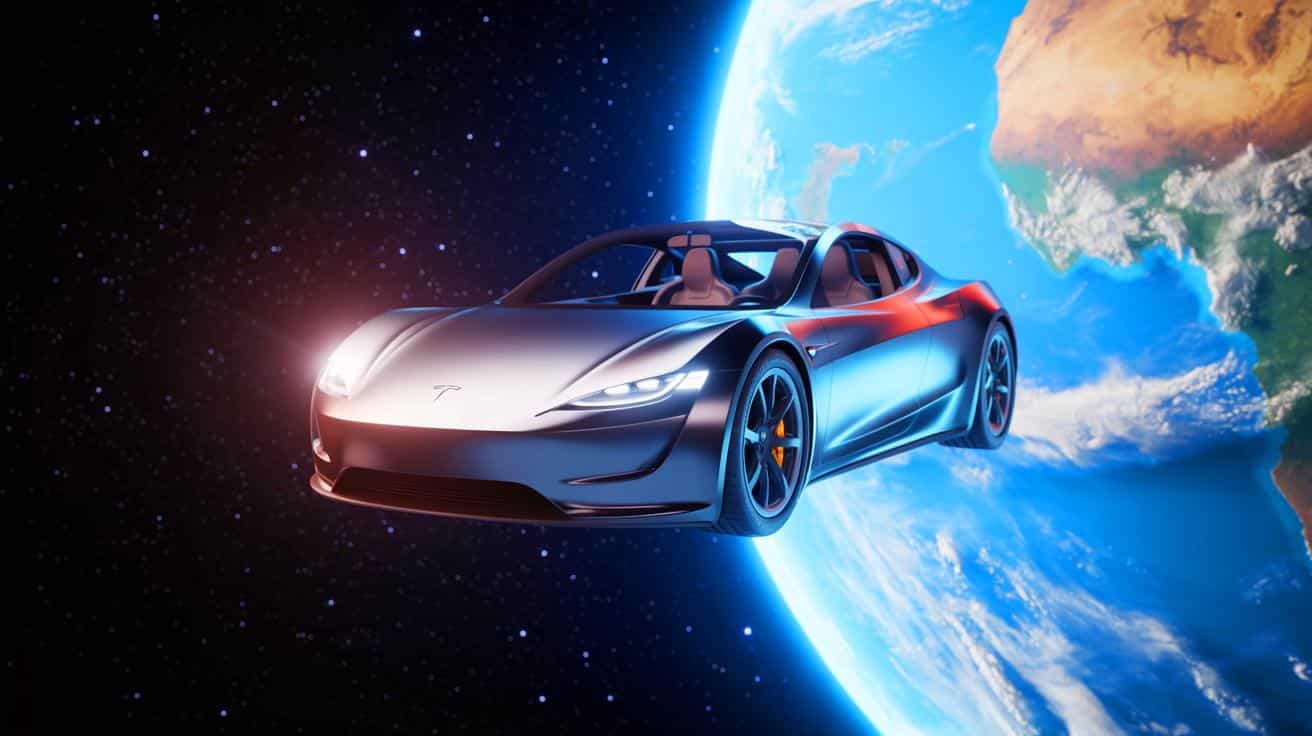
A duo of Tesla shareholder-influencers tried to complete Elon Musk’s coast-to-coast self-driving ride that he claimed Tesla would be able to do in 2017 and they crashed before making it about 60 miles.
In 2016, Elon Musk infamously said that Tesla would complete a fully self-driving coast-to-coast drive between Los Angeles and New York by the end of 2017.
The idea was to livestream or film a full unedited drive coast-to-coast with the vehicle driving itself at all times.
We are in 2025 and Tesla never made that drive.
Despite the many missed autonomous driving goals, many Tesla shareholders believe that the company is on the verge of delivering unsupervised self-driving following the rollout of its ‘Robotaxi’ fleet in Austin, which requires supervision from Tesla employees inside the vehicles, and improvements to its “Full Self-Driving” (FSD) systems inside consumer vehicles, which is still only a level 2 driver assist system that requires driver attention at all times as per Tesla.
Two of these Tesla shareholders and online influencers attempted to undertake a coast-to-coast drive between San Diego, CA, and Jacksonville, FL, in a Tesla Model Y equipped with the latest FSD software update.
They didn’t make it out of California without crashing into easily avoidable road debris that badly damaged the Tesla Model Y:
In the video, you can see that the driver doesn’t have his hands on the steering wheel. The passenger spots the debris way ahead of time. There was plenty of time to react, but the driver didn’t get his hands on the steering wheel until the last second.

In a follow-up video, the two Tesla influencers confirmed that the Model Y had a broken sway bar bracket and damaged suspension components. The vehicle is also throwing out a lot of warnings.
They made it about 2.5% of the planned trip on Tesla FSD v13.9 before crashing the vehicle.
Electrek’s Take
Tesla shareholders used to discuss this somewhat rationally back in the day, but now that Tesla’s EV business is in decline and the stock price depends entirely on the self-driving and robot promises, they no longer do.
I recall when Musk himself used to say that when you reach 99% self-driving, it is when the “march of the 9s” begins, and you must achieve 99.999999999% autonomy to have a truly useful self-driving system. He admitted that this is the most challenging part as the real-world is unpredictable and hard to simulate – throwing a lot of challenging scenario at you, such as debris on the road.
That’s where Tesla is right now. The hard part has just started. And there’s no telling how long it will take to get there. If someone is telling you that they know, they are lying. I don’t know. My best estimate is approximately 2-3 years and a new hardware suite.
However, competition, mainly Waymo, began its own “march of the 9s” about five years ago.
Tesla is still years behind, and something like this drive by these two Tesla influencers proves it.
I was actually in a similar accident in a Tesla Model 3 back in 2020. I rented a Model 3 on Turo for a trip to Las Vegas from Los Angeles.
I ended up driving over a blown-out truck tire in the middle of the road like this. I was Autopilot, but I don’t know if the car saw it. I definitely saw it, but it was a bit late as I was following a truck that just drove over it. I had probably less than 2 seconds to react. I applied the brakes, but my choices were driving into a ditch on the right or into a car in the left lane.
I managed to reduce the force of the impact with the braking, but the vehicle jumped a bit like in this video. There wasn’t really any damage to the front, but the bottom cover was flapping down. I taped it together at the next gas station and I was able to continue the trip without much issue.
However, after returning it to the Turo owner and having the suspension damage evaluated by Tesla, the repair job was estimated to be roughly $10,000. I wouldn’t be surprised if there’s a similar situation with this accident.
FTC: We use income earning auto affiliate links. More.
Source link


